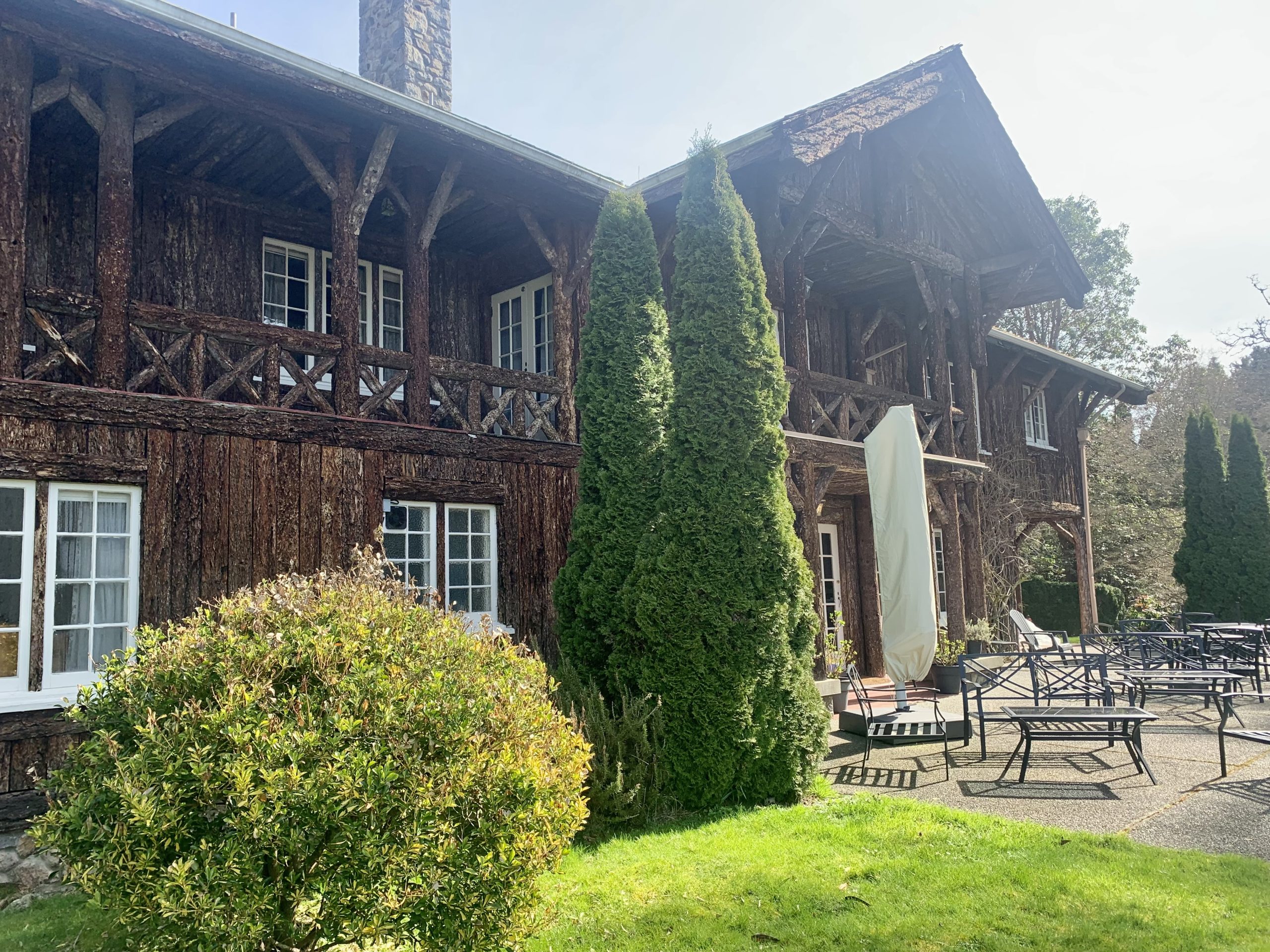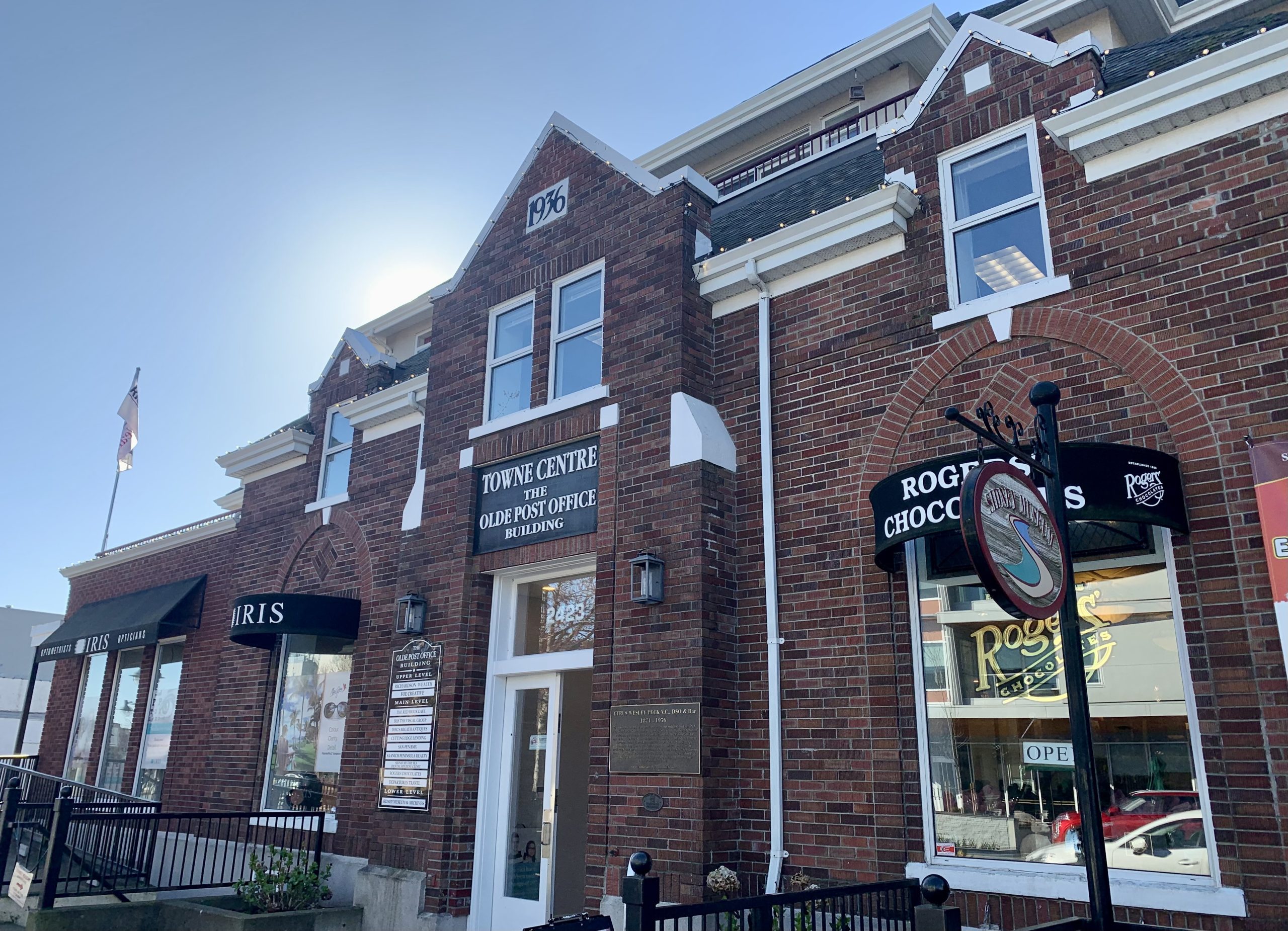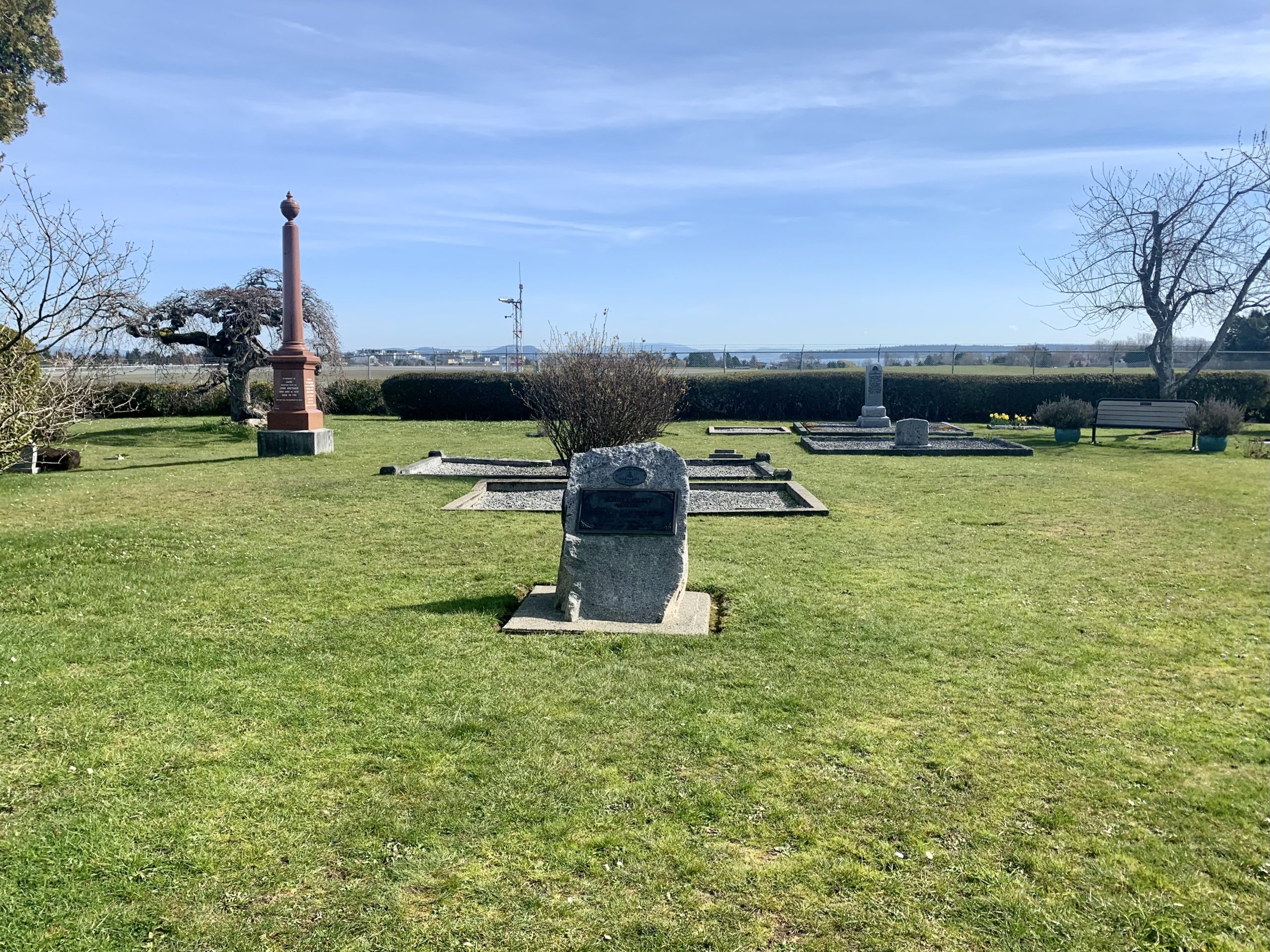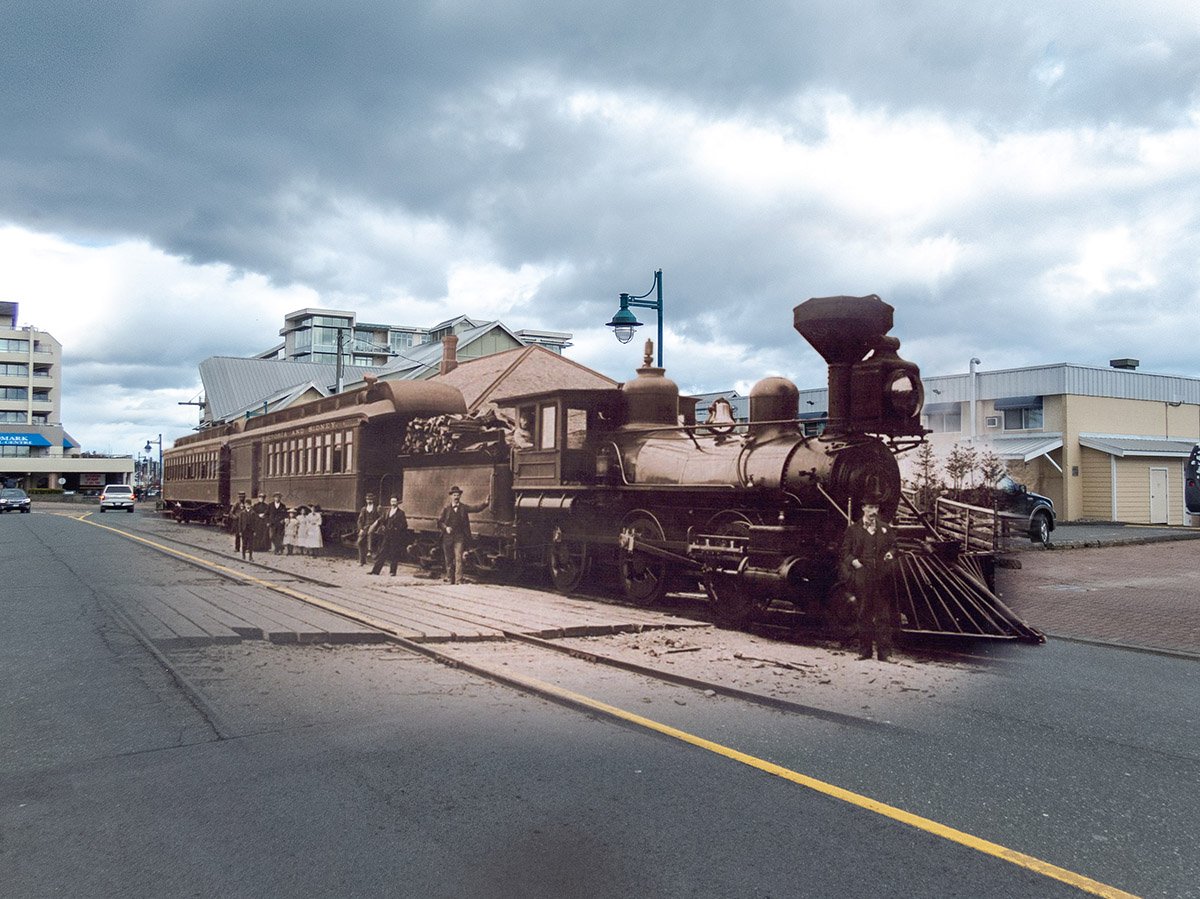The Town of Sidney embraces the community’s diverse heritage, including the longstanding connection W̱SÁNEĆ People have had with the land and waters where Sidney is located for millennia.
The Town is the primary funder of the Sidney Museum and Archives where displays on local First Nations, industry, transportation, agriculture, and social history help provide a sense of community context and identity.
Local heritage can also be found on the streets of Sidney where unique sites and interpretive panels (new panels coming soon) provide glimpses into the community’s past. Some buildings and sites in Sidney have been protected through a Heritage Designation Bylaw. This type of bylaw restricts how much a site or building can be altered, although amendments can be approved by Council.
Examples of sites in Sidney protected by a Heritage Bylaw
The Latch Inn
The Latch Inn is an example of a building protected by a Heritage Bylaw that has been maintained close to its original form. This century-old building at 2328 Harbour Road was designed by architect Samuel Maclure to serve as a summer home for BC Lieutenant-Governor Walter C. Nichol. It operates as a restaurant and inn today.
Old Post Office Building
The Old Post Office building at 2423 Beacon Avenue is an example of a building protected by a Heritage Bylaw that has preserved aspects of its façade while undergoing significant interior alterations and building additions to meet current needs. The building was constructed in 1936 on a block once known as Sidney’s Chinatown. In 1911, Chinese Canadians made up a quarter of the Sidney’s overall population. Many Chinese immigrants worked as labourers at the nearby Sidney Sawmill or at the North Saanich Brick and Tile Co.
Brethour Family Cemetery
The Brethour Family Cemetery at the north end of Canora Road is an example of a site protected by a Heritage Bylaw that has been surrounded by significant land use changes. The cemetery with burials dating back to 1877 is nestled within the boundaries of Victoria International Airport. The Brethour family played a key role in the establishment of Sidney by subdividing fifty acres of their farmland in 1891 to be registered as the Township of Sidney. Over time, these lots transformed into the Town’s downtown core.
Preserving cultural and heritage sites
There are many factors the Town must consider when preserving sites with cultural or heritage significance. For example:
- Whether a site is on public or private property;
- Whether the site is feasible to maintain;
- Whether site sensitivities make it appropriate for public use; and
- Whether the site could meet a present-day need
Sidney’s Advisory Planning Commission is responsible for considering heritage matters referred by Council.
When a site is culturally significant to W̱SÁNEĆ Nations, the Town of Sidney works directly with local Nations for guidance on how land use or development can be managed as respectfully as possible. The Town has much room to grow in this area as we strengthen our relationship with W̱SÁNEĆ Nations.
New heritage designation requests have not come before Council in recent years. Property owners who wish to pursue heritage designation of their property or building can contact Development Services at 250-656-1725 or developmentservices@sidney.ca to discuss possible next steps.
Future direction
Sidney’s Official Community Plan, which was updated in 2022, looks ahead to the next 20 years in Sidney. The plan includes several policies related to heritage and culture preservation. These include, but are not limited to:
- Considering potential means and incentives to encourage the preservation of heritage landmarks and resources as stipulated in the Community Charter and Local Government Act. These may include cultural sites, view corridors, buildings with historically significant architecture, public spaces, and art.
- Supporting local efforts to enhance community understanding of heritage values and assets and heritage resource preservation.
- Supporting the revival of the SENĆOŦEN language by working with a W̱SÁNEĆ Language Group to use SENĆOŦEN place names on maps, signage, and wayfinding features in public spaces; and incorporate SENĆOŦEN in municipal documents, websites, and communication materials.
The Town will be working toward implementing these policies and others in the years ahead with the involvement of community members, local organizations, and W̱SÁNEĆ Nations.



